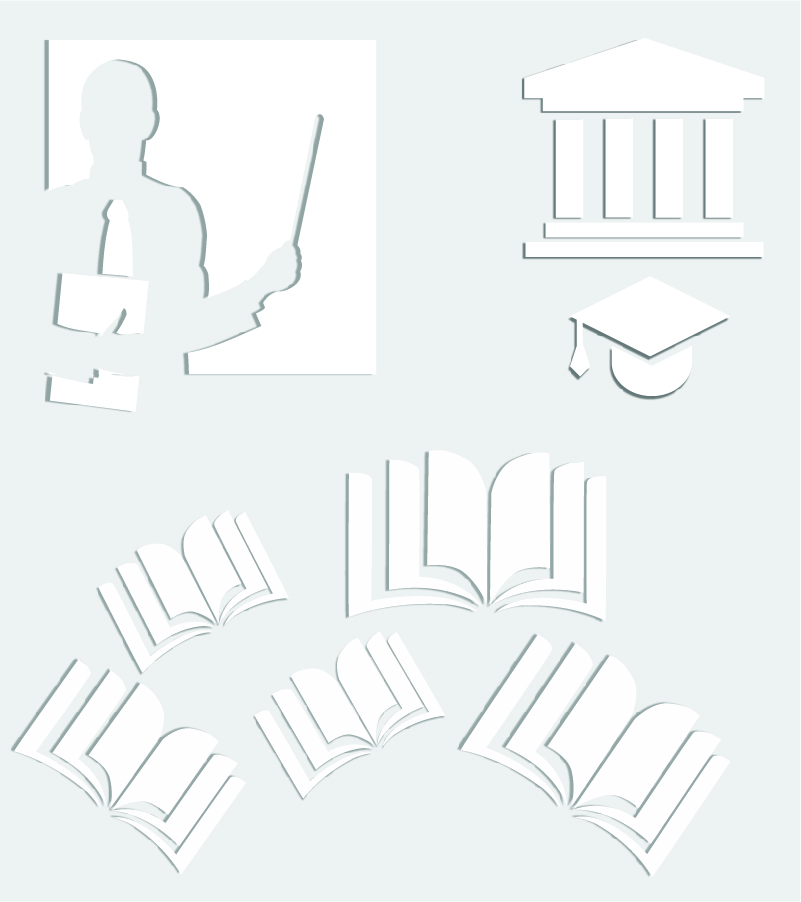Exchange programmes
About the Faculty
Studies
| Subject: Introduction to programming
(17 -
SIT03) Basic Information
Course specification
Course is active from 01.10.2010.. Understanding the concepts, elements, and structure of computer programs, and basic algorithms for data processing. Upon successful completion of this course students gain understanding of main computer program concepts and are able to write programs that interact with users; handle different types of data; use basic structural concepts in programming - sequences, selections, and iterations; use subprograms and decompose complex programs; understand elements of software development process; understand elements of algorithm analysis. The notion of a computer program: the role of hardware and software in a computer system; basics of modern computer operation; the form and function of programming languages; Handling numbers: the notion of a data type; numerical data types; representing numbers in a computer; accumulator variables; using mathematical functions. Handling strings: the notion of string and its computer representation; operations on strings; string formatting. Decision structures: the notion of decision; single, double, and n-ary decisions; handling exceptions. Loops and logical expressions: the notion of a loop; finite and infinite loops; interactive and sentinel loops; nested loops; Boolean algebra and Boolean expressions. Subprograms: program decomposition; invoking subprograms; transfering parameters and results; subprogram collections; recursion. Data collections: arrays, operations on arrays, multidimensional arrays; dictionaries. Software development process: representing a real system in a computer program; top-down and spiral development, program testing. Algorithm analysis: concepts, the notion of search, linear and binary search, sorting algorithms. Lectures; Computer practice. Consultations. The examination is oral. The final grade is formed on the bases of success at laboratory practice and oral examination.
|
© 2013. Faculty of Technical Sciences. Trg Dositeja Obradovića 6, 21000 Novi Sad. Tel: +381 21 450 810
Translation: FTS English Team
Translation: FTS English Team





